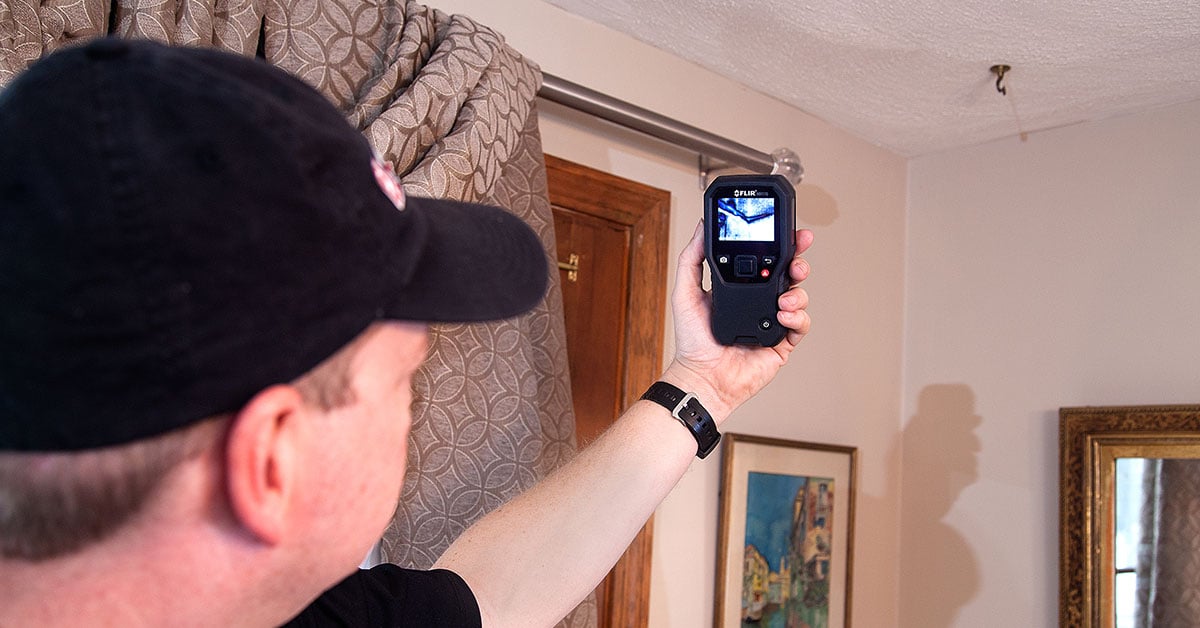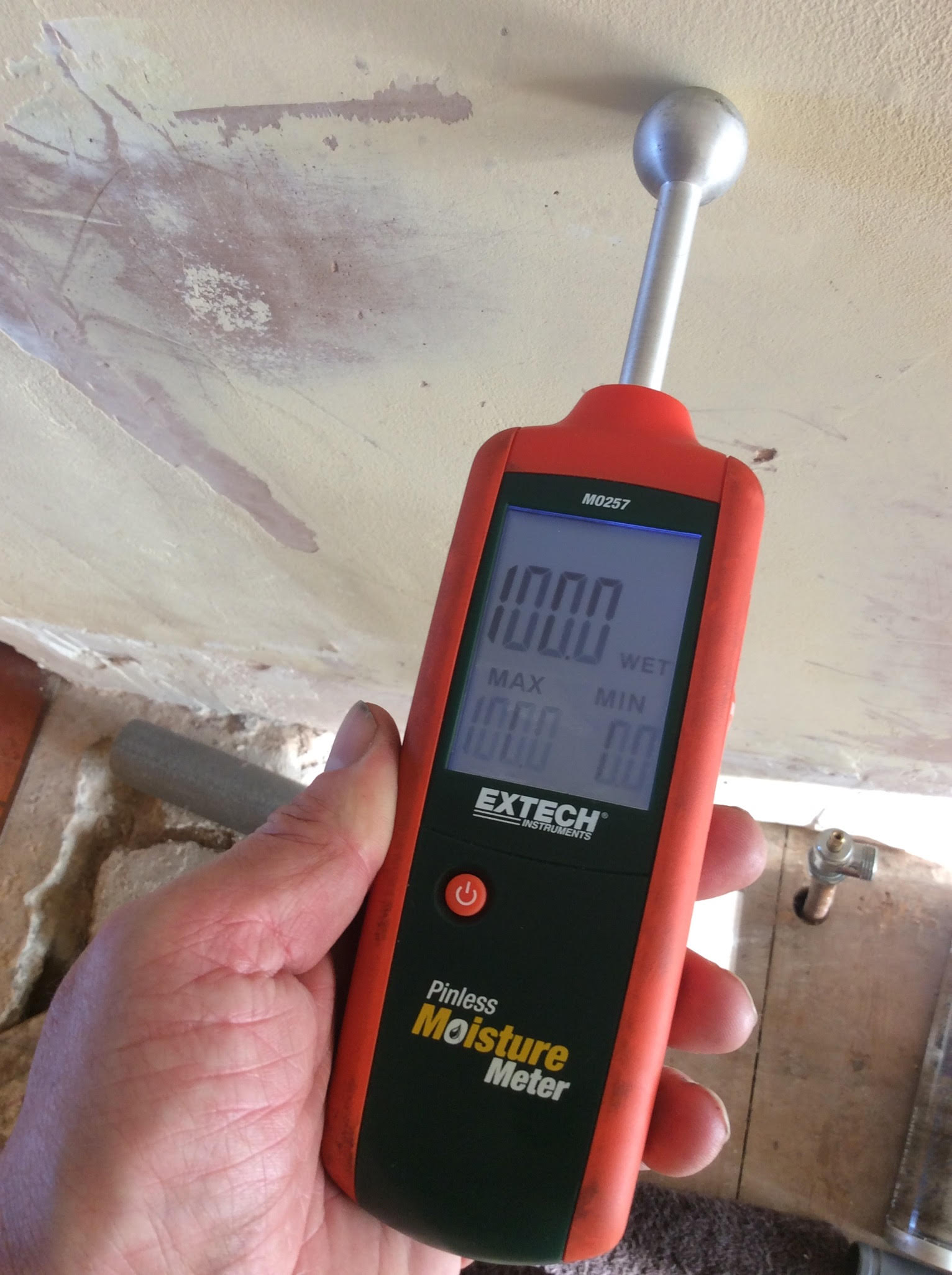Why Timely Water Leak Detection is Crucial for Keeping a Healthy Home
Why Timely Water Leak Detection is Crucial for Keeping a Healthy Home
Blog Article
Cutting-edge Solutions for Very Early Discovery of Water Leakages in Buildings and Framework
From sophisticated leak detection technologies to the implementation of IoT sensing units for real-time monitoring, the landscape of leak prevention is advancing rapidly. Automated water circulation analysis systems are reshaping how leakages are determined and attended to, leading the way for a proactive technique to water leakage detection.
Advanced Leak Detection Technologies
Advanced leakage detection technologies, furnished with sophisticated sensors and formulas, play a crucial function in quickly identifying and identifying water leakages in various setups. These modern technologies utilize a mix of acoustic, thermal, and electromagnetic picking up approaches to detect leaks properly. Acoustic sensing units discover the noise of getting away water, permitting accurate localization of the leakage resource. Thermal imaging identifies temperature level modifications triggered by water leak, supplying an additional effective approach for leak identification. Electromagnetic sensors can recognize changes in electromagnetic areas brought on by water, supplying yet another layer of leakage discovery capacity.

IoT Sensors for Real-Time Surveillance
In the world of modern water leakage detection, the combination of IoT sensors for real-time tracking stands for an essential advancement in boosting proactive leakage detection capabilities. These sensing units supply continual monitoring of water supply, providing real-time data on water flow prices, pressure variations, and temperature changes. By leveraging IoT innovation, these sensing units can find even the tiniest anomalies in water usage patterns, making it possible for very early recognition of potential leaks before they intensify into major problems.
IoT sensors send data to a central platform, where innovative algorithms assess the information and create signals or alerts when abnormalities are spotted. This real-time monitoring capability enables homeowner or center supervisors to promptly resolve leaks, decreasing water damages, lowering repair expenses, and conserving water resources.
Additionally, IoT sensors can be incorporated with structure administration systems, permitting automated responses to discovered leakages, such as shutting down water shutoffs or activating pumps to reduce the influence of leakages. In general, the implementation of IoT sensors for real-time monitoring considerably enhances the effectiveness and additional resources efficiency of water leakage detection in buildings and framework.
Maker Discovering Algorithms for Leakage Forecast

One secret benefit of using equipment knowing for leak forecast is its ability to continuously learn and boost its accuracy over time. As more data is gathered and fed into the algorithm, it can fine-tune its forecasts and adjust to changing problems, eventually increasing the dependability of leakage detection systems.
Moreover, artificial intelligence formulas can assist in determining refined indications of leakages that may go unnoticed by typical surveillance methods. water leak detection. By assessing complicated information embed in real-time, these algorithms can give early cautions and notifies, permitting for prompt treatment and preventative maintenance to mitigate prospective water damages and connected expenses
Using Thermal Imaging for Leakage Discovery
Thermal imaging modern technology supplies an encouraging approach for discovering water leaks in numerous systems and infrastructures. By using infrared radiation and temperature level differences, thermal imaging video cameras can recognize covert leakages that are not quickly noticeable to the nude eye.
Among the essential benefits of thermal imaging for leakage detection is its non-intrusive nature. Unlike standard methods that may require breaking into wall surfaces or floors to find leaks, thermal imaging permits non-destructive testing. This not just saves time and decreases expenses but also minimizes disruption to the structure or facilities being assessed. In addition, thermal imaging can quickly check large locations, offering an extensive introduction more of potential leakage sources in a timely fashion. Generally, making use of thermal imaging technology enhances the efficiency and accuracy of water leakage detection, making it a valuable device for keeping the stability of buildings and facilities.
Automated Water Flow Evaluation Equipments
Exactly how can automated water flow evaluation systems revolutionize the detection and management of leakages in different systems and facilities? Automated water circulation analysis systems use an aggressive strategy to leak detection by continually keeping track of water circulation rates and patterns. By developing standard data, these systems can rapidly determine variances that may indicate a leak, making it possible for prompt treatment to stop comprehensive damages.
These systems make use of advanced formulas to assess real-time information and give prompt informs when abnormalities are identified, enabling for swift action to be taken. In addition, computerized water circulation analysis systems can be incorporated with building administration systems or IoT platforms, enhancing overall performance and allowing remote tracking capabilities.
Additionally, the information accumulated by these systems can be utilized for anticipating maintenance functions, aiding to recognize prospective weak points in the framework before leakages happen. On the whole, the execution of automated water flow evaluation systems can substantially enhance leakage detection and management practices, inevitably bring about cost savings, decreased water wastage, and boosted sustainability in structures and facilities.

Conclusion
In verdict, the integration of sophisticated leakage discovery innovations, IoT sensing units, artificial intelligence formulas, thermal imaging, and automated water flow evaluation systems uses cutting-edge services for early discovery of water leaks in buildings and infrastructure. These innovations enable real-time surveillance, prediction of leaks, and reliable detection techniques to avoid water damage and wastage. Implementing these services can help in maintaining the stability and sustainability of water supply in numerous setups.
Report this page